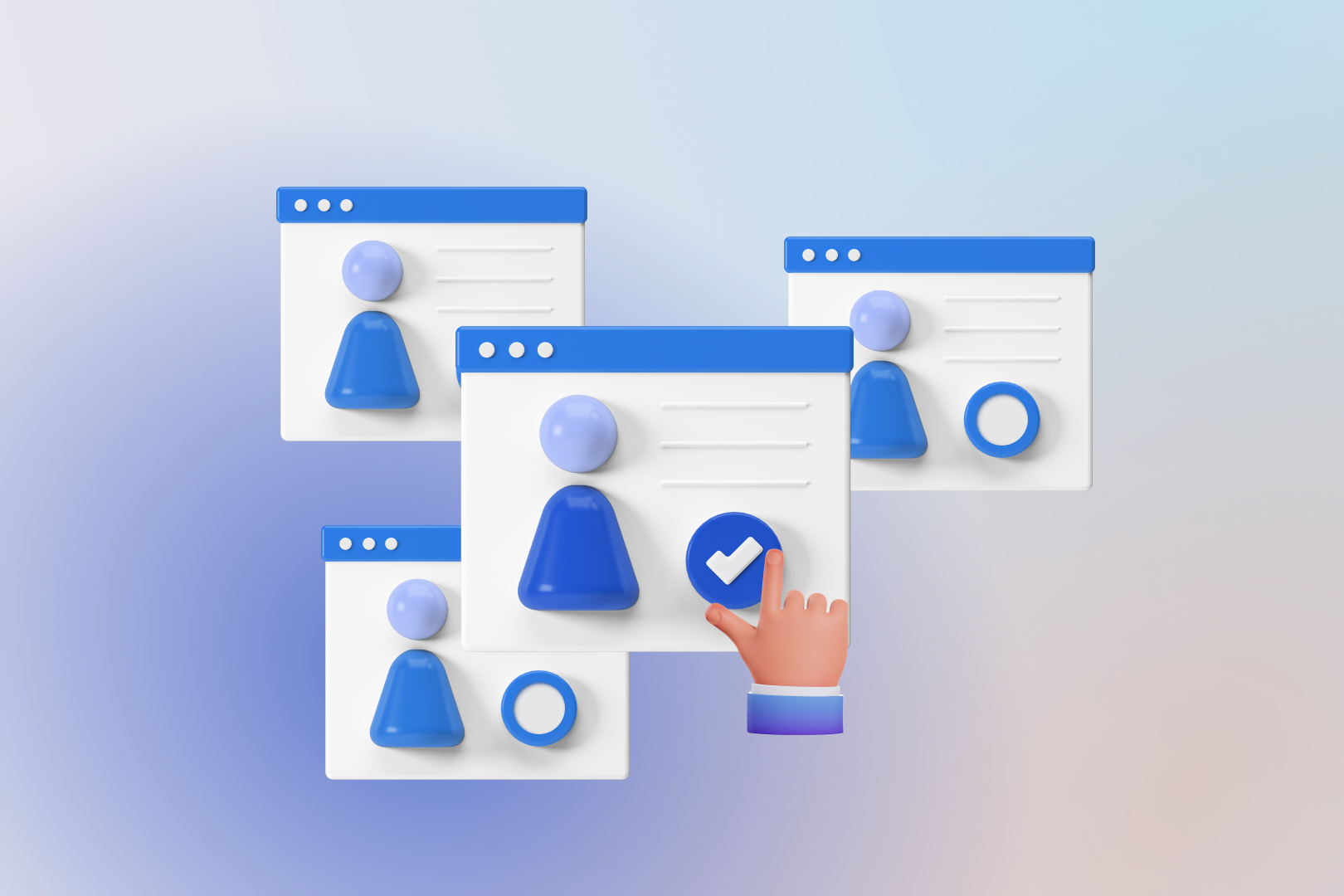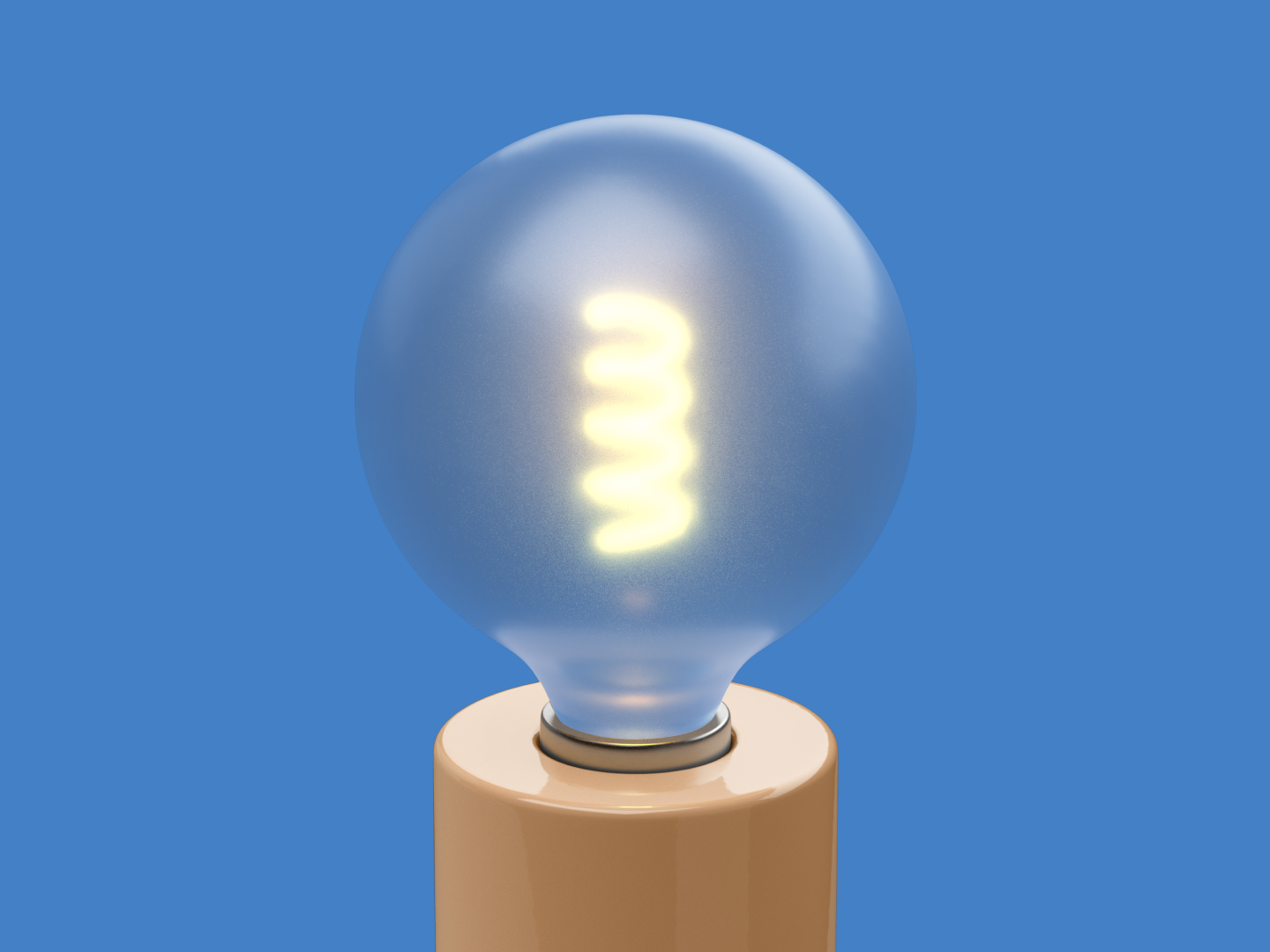User Testing is a popular research technique for evaluating products. By observing how your target customers use your product, it reveals 'pros and cons' that are important for you to know, offering important insights into users' patterns of behavior, preference, and opinion.
At Touch, we have a scientific and rigorous process to validate concepts, product function, and user experience. Our goal is to improve profitability and reduce the risks of new product development. The process of User Testing at Touch includes 4 steps:
- Develop the test plan
- Prepare for the test
- Conduct the test sessions
- Analyze data and report
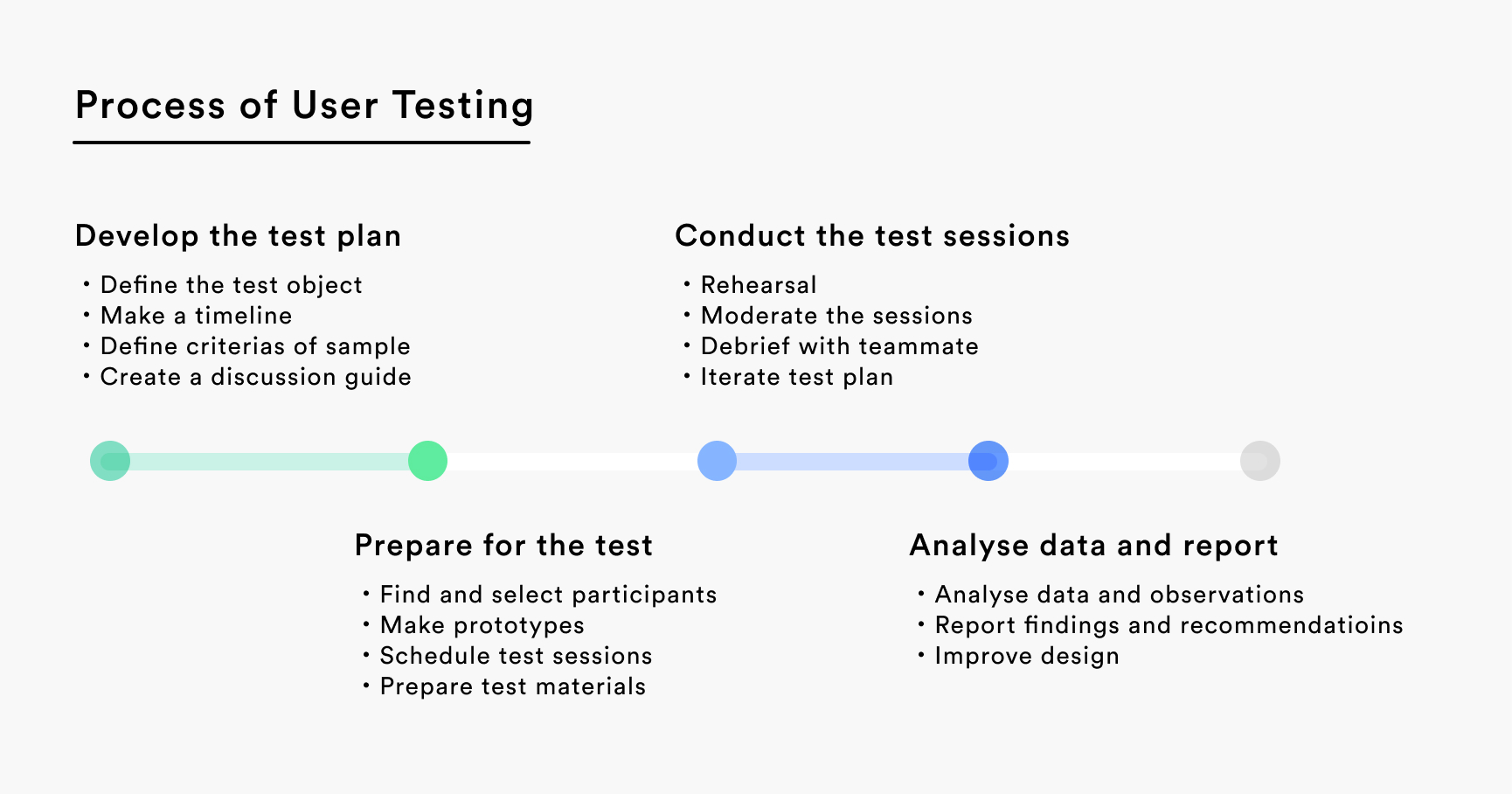
Step 1. Develop the Test Plan
Systematic testing for holistic product evaluation
During the planning phase, we employ a systematic testing guideline to explore two vital aspects of the product: functionality and usability. Functionality refers to "usefulness". We set up surveys and face-to-face interviews to understand whether your product meets user needs or enables users to achieve their goals. Usability refers to "the ease of use". We create a set of tasks and record usage data to measure the effectiveness, efficiency, and learnability of the product.

Step 2. Prepare for the Test:
Find and select the representative participant best suited to test your products
After developing a plan, we carefully prepare for the test by finding participants, making prototypes, and building a testing lab. Securing the right test participants is critical. We have a strict recruitment method for identifying those who are authentic, representative, and easy to communicate with. This involves: a screening survey; a screening interview; and finally, the collection of information about candidates' real lives (ID, photos of home and lifestyle, etc).
In addition, we can use professional testing tools to build a pop-up research lab, whether in a company, a school, or a participant's home.
Step 3. Conduct the Test Sessions
Restore the real use scenarios to get a genuine response
During the test, we place participants in real scenarios. We set tasks for them without neglecting to provide background information, goals, and context in as much detail as possible. Participants are thus able to understand the task and accurately reveal how they would use your product in a real-world situation.
After each test session, we debrief with you, offer a quick summary of the results and ensure all test data can be recorded accurately.
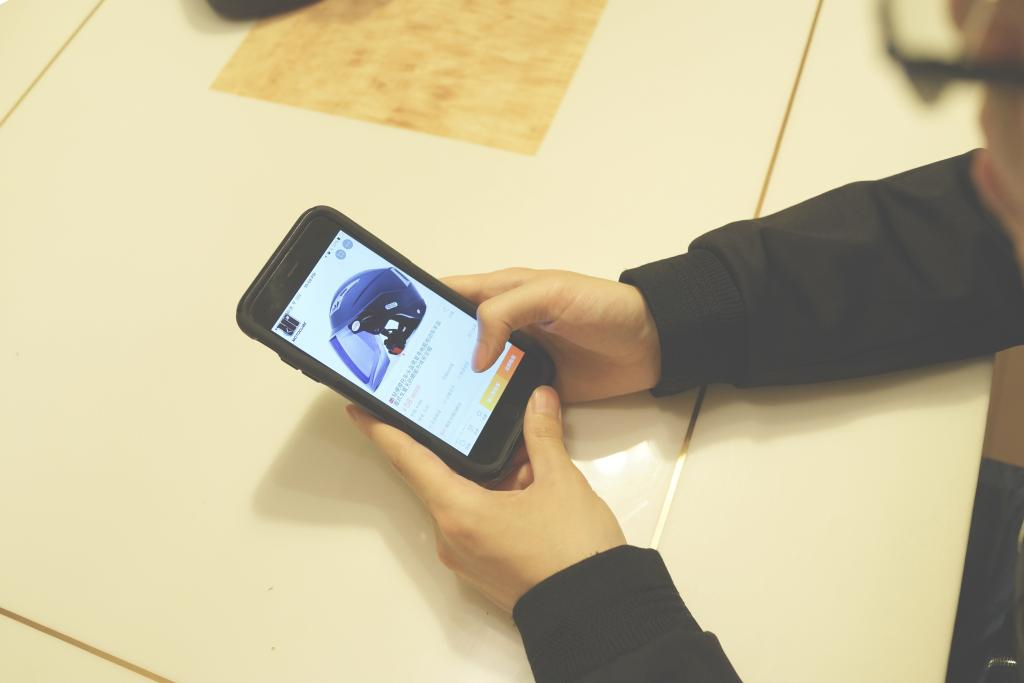
Step 4. Analyze Data and Report
Use scientific analysis methods, and offer practical recommendations
We use scientific rating scales and standards to process the data, including Satisfaction Score, SUS rating scale, success rate (the percentage of respondents who complete the task), task completion time, number of attempts needed to complete the process, etc.
Finally, we not only release the test results but also give you specific and practical suggestions for design improvement. Our researchers have rich experience in UX research and product digital transformation and can help you further improve your existing design.

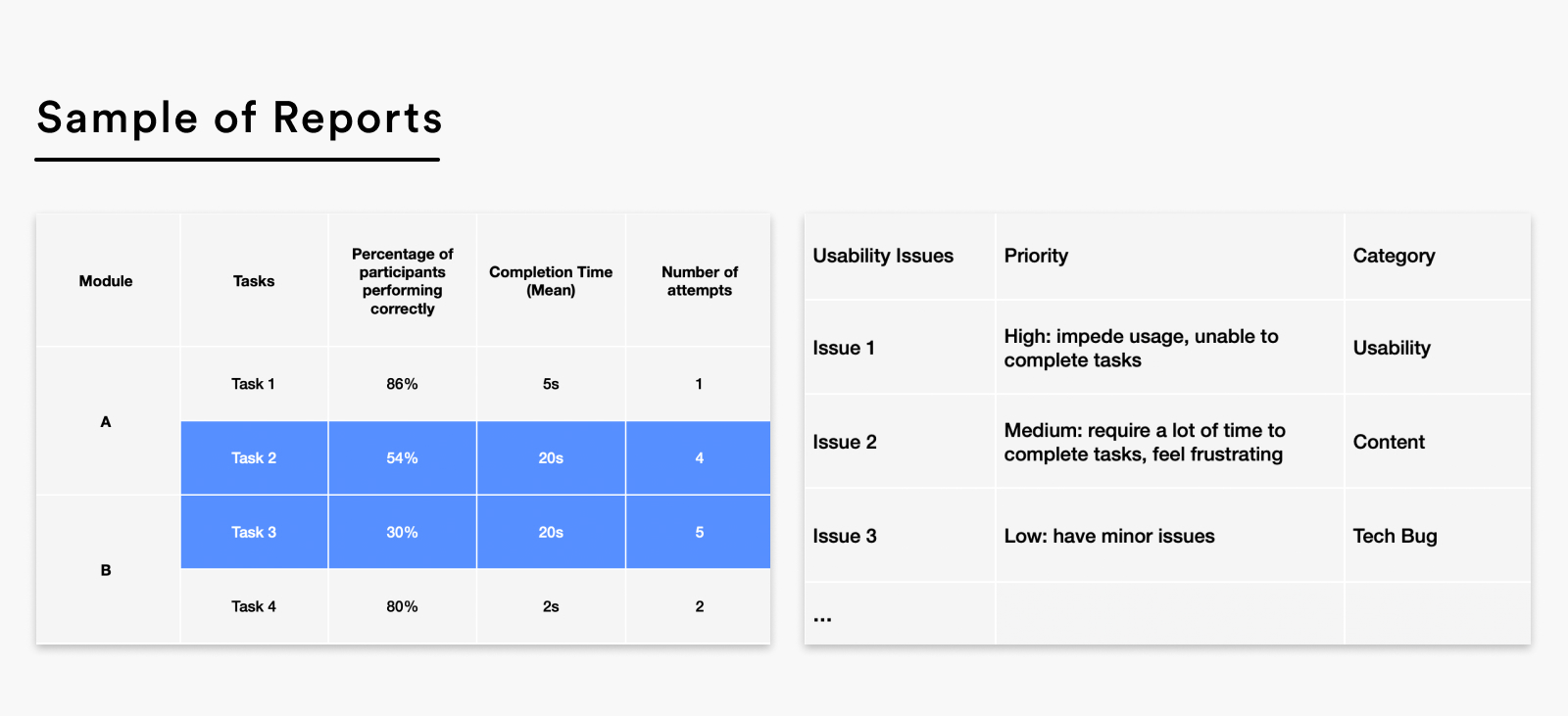
FAQs about user testing
Q1. When should I take user testing?
A: You can conduct user testing during two phases: when designing a new product, and when improving an existing one. During the product development phase, testing helps you understand your users' preferences and their take on your concepts. It can also reduce risks by helping to identify hidden, potentially problematic issues. After the product is launched, you can apply user testing to find the product's pros and cons and explore opportunities for product improvement.
Q2. How long should a test project take?
A: At Touch, a typical user testing project takes 3-5 weeks. The actual time will be adjusted according to the objects and scope of the project.
Q3. How is remote user testing conducted?
A: When clients or participants are not in the same city as we are, remote user testing through online meeting software and remote testing applications can be carried out.
Q4. What are our final deliveries?
A: Our deliveries include: Detailed product test reports and user insights, Recommendations for design improvement, A complete test video showing how participants use your products.

